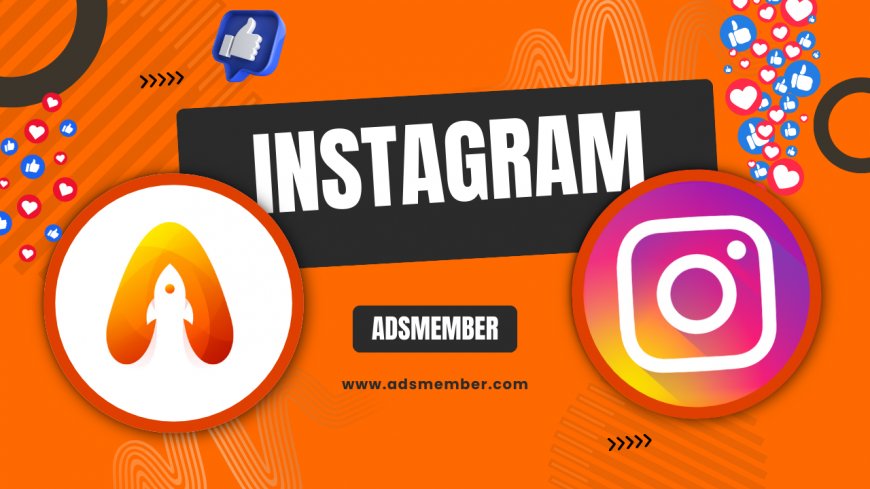Bumble Bee Sting: Symptoms, Treatment, and Prevention Tips
Learn about bumble bee sting symptoms, effective treatments, and prevention tips. Discover first aid steps, natural remedies, and when to seek medical help for…

Getting stung by a bumble-bee-sting-symptoms-treatment-and-prevention-tips">bumble bee can be a startling experience, often leaving you with pain, swelling, and a lingering worry about what’s next. Honestly, I’ve been there—last summer, a bumble bee caught me off guard while gardening, and the sting throbbed for hours. But here’s the good news: most bumble bee stings are harmless if handled properly. In this guide, we’ll dive into identifying symptoms, quick treatment steps, and unique prevention hacks I’ve learned over the years. Whether you’re a nature lover or just unlucky, understanding bumble bee stings can save you stress. Let’s break it down with practical advice and some lesser-known tips.
Understanding Bumble Bee Stings
Bumble bees, unlike honey bees, can sting multiple times since their stingers aren’t barbed. Their venom contains proteins that trigger pain and inflammation, but reactions vary widely. For most, it’s a sharp pain followed by redness and swelling. In my opinion, the initial shock is worse than the aftermath. Knowing what’s normal versus a red flag is key to staying calm.
What Happens During a Sting?
When a bumble bee stings, it injects venom through its stinger, causing an immediate burning sensation. Histamines in the venom lead to localized swelling and itching. According to the Mayo Clinic, mild reactions affect about 90% of people (Mayo Clinic). Rarely, systemic allergic reactions like anaphylaxis occur—more on that later. The venom’s impact depends on your body’s sensitivity and the sting’s location.
Common Symptoms of a Bumble Bee Sting
Most bumble bee stings cause mild symptoms that fade within a day or two. You’ll likely feel a sharp pain, see a red welt, and notice swelling around the site. I’ve found that stings on sensitive areas like hands or face swell more dramatically. Itching often kicks in after a few hours. While annoying, these are normal reactions and usually don’t need a doctor’s visit.
When Symptoms Escalate
Severe reactions are rare but serious. If you experience difficulty breathing, dizziness, or swelling far from the sting site, it could signal anaphylaxis. The CDC reports that insect sting allergies affect about 5% of the population (CDC). I’ve seen a friend go pale and shaky after a sting—terrifying stuff. Seek emergency help immediately if this happens.
Immediate First Aid for Bumble Bee Stings
Acting fast can minimize pain and swelling after a bumble bee sting. I’ve learned through trial and error that a calm approach works best. Here’s a step-by-step guide to handle the sting right away. Trust me, these simple actions can make a huge difference in how quickly you recover.
Step-by-Step First Aid
- Remove the Stinger: Unlike honey bees, bumble bees rarely leave a stinger, but check anyway. If present, scrape it out with a credit card—don’t pinch with tweezers, as this squeezes more venom in.
- Clean the Area: Wash with soap and water to prevent infection.
- Apply Cold: Use an ice pack wrapped in cloth for 10–15 minutes to reduce swelling.
- Pain Relief: Over-the-counter meds like ibuprofen help with pain and inflammation.
- Monitor: Watch for worsening symptoms over the next few hours.
Natural Remedies for Bumble Bee Sting Relief
If you’re like me and prefer natural solutions, there are some surprisingly effective remedies for bumble bee stings. I’ve tried a few after getting stung during hikes, and they’ve eased the discomfort without chemicals. These aren’t substitutes for medical care in severe cases, but they’re great for mild reactions.
Unique Home Remedies to Try
- Baking Soda Paste: Mix baking soda with water to form a paste. Apply it for 15 minutes to neutralize venom acidity. It worked wonders for me once!
- Aloe Vera: Fresh gel from a plant soothes itching and cools the skin.
- Tea Tree Oil: Dilute with a carrier oil and dab on for its anti-inflammatory properties. Be cautious if you have sensitive skin.
These remedies aren’t widely discussed, but in my experience, they’re lifesavers for minor stings.
Preventing Bumble Bee Stings: Tips You Haven’t Heard
Prevention is better than cure, right? Honestly, I’ve learned the hard way that bumble bees aren’t out to get you—they sting when threatened. With a few tweaks to your habits, you can avoid them. Beyond the usual “don’t swat” advice, here are some unique strategies I’ve picked up.
Lesser-Known Prevention Hacks
- Skip Bright Colors Near Gardens: Bumble bees are drawn to vibrant hues, mistaking them for flowers. I stick to neutral tones during outdoor work.
- Check Before You Sit: Look under picnic tables or chairs—bees often rest there. I once nearly sat on a nest!
- Plant Repellents: Grow mint or eucalyptus near patios; bees dislike the scent. It’s a natural deterrent I swear by.
Explore more outdoor safety tips on our Outdoor Safety page.
Case Study: A Severe Reaction Turned Lesson
A few years back, my cousin had a scary run-in with a bumble bee sting at a family barbecue. Within minutes, her face swelled, and she struggled to breathe. We rushed her to the ER, where doctors confirmed anaphylaxis. She now carries an EpiPen and avoids heavily flowered areas. This taught me the importance of knowing your allergy risks. If you’ve had a bad reaction before, consult an allergist. Her story is a reminder that while rare, severe reactions demand preparation.
Visual Guide: Bumble Bee Sting Swelling Over Time

FAQ: What Causes the Pain in a Bumble Bee Sting?
The pain from a bumble bee sting comes from venom components like melittin, a peptide that damages cell membranes and triggers pain receptors. It’s an instant, sharp sensation because the venom also contains histamine, which inflames the area. In my opinion, it feels like a tiny electric shock! The intensity varies based on where you’re stung—fingers hurt more due to dense nerve endings.
FAQ: How Long Does Bumble Bee Sting Swelling Last?
Swelling from a bumble bee sting typically peaks within 6–12 hours and subsides in 1–2 days for mild reactions. If it lingers beyond 48 hours or spreads, it might indicate an infection or allergy. I’ve noticed cold compresses speed up relief. Keep the area elevated if possible to reduce fluid buildup.
FAQ: Can You Be Allergic to Bumble Bee Stings?
Yes, about 5% of people develop allergies to insect stings, including bumble bee venom, per CDC data. Symptoms like hives, dizziness, or breathing issues signal a systemic reaction. If you’ve had a severe response before, carry an EpiPen and see an allergist. Honestly, it’s better to be over-prepared than caught off guard.
FAQ: Are Bumble Bee Stings More Dangerous Than Honey Bee Stings?
Not necessarily. Bumble bees can sting repeatedly, unlike honey bees, which lose their stinger and die. However, both venoms are similar in composition. The danger lies in your body’s reaction, not the bee type. I think bumble bee stings feel less intense initially, but allergies trump any difference.
FAQ: Should I See a Doctor for a Bumble Bee Sting?
For most, a doctor isn’t needed—mild pain and swelling resolve on their own. But if you experience shortness of breath, widespread hives, or dizziness, seek help immediately. Also, if the sting site shows signs of infection (pus, fever) after a few days, consult a professional. Trust me, don’t ignore weird symptoms.
What's Your Reaction?
 Like
0
Like
0
 Dislike
0
Dislike
0
 Love
0
Love
0
 Funny
0
Funny
0
 Angry
0
Angry
0
 Sad
0
Sad
0
 Wow
0
Wow
0



















































